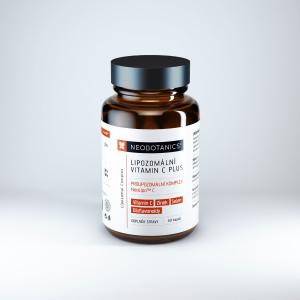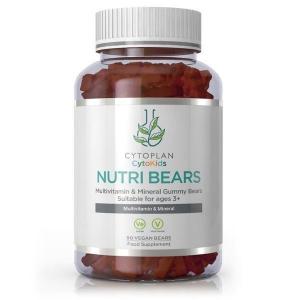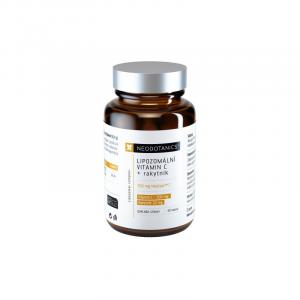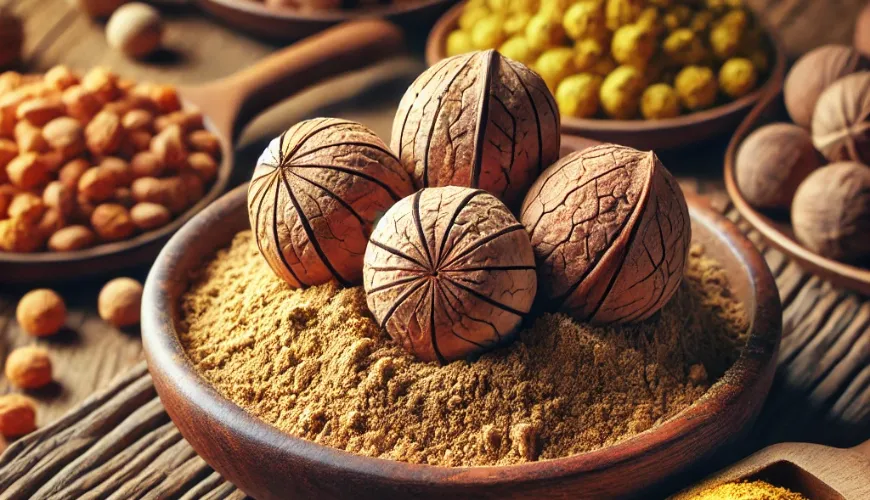
How to Prepare Delicious Sweet Moravian Cabbage for the Whole Family
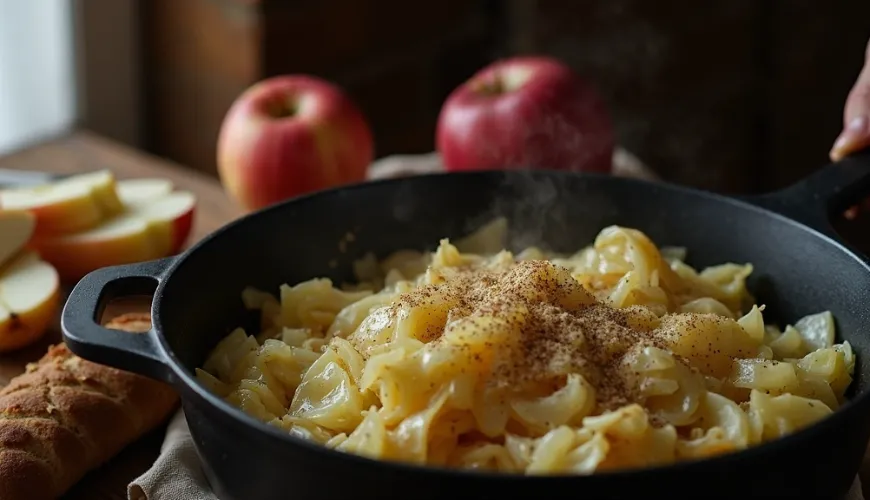
Moravian Cabbage with a Twist - A Sweet Variant that Surprises in Taste and Tradition
When you hear Moravian cabbage, most people think of the classic side dish to dumplings and meat – sauerkraut, strongly seasoned and traditionally prepared cabbage that smells of caraway and bay leaf. However, Moravia, a region rich in flavors and agricultural heritage, offers another, lesser-known variant – sweet Moravian cabbage. This culinary treasure stands in the shadow of its more famous versions, yet it deserves attention not only for its taste but also for its origin, simplicity of preparation, and healthy composition.
Sweet Moravian Cabbage - A Tradition that Hasn't Been Lost
The preparation of sweet Moravian cabbage is based on traditional recipes of old housewives who could create maximum flavor from minimal ingredients. Although sweet cabbage may sound unusual or modern today, the opposite is true. In Moravia, it was common to cook cabbage not only sour but also sweet – especially when vinegar was not available or when preparing food for children or older household members who couldn't tolerate sour flavors.
Sweet cabbage is traditionally prepared from white head cabbage, which is finely grated (or sliced) and stewed with onion and a bit of sugar, or possibly honey. It is typically seasoned with salt, caraway, and sometimes a drop of lemon juice or apple, which adds a gentle fruity sweetness. No vinegar is used – this is what differentiates sweet Moravian cabbage from its sour relatives. The result is soft, slightly caramelized cabbage with a gentle flavor that perfectly complements potato dumplings, potato pancakes, or even plain boiled potatoes.
Why Does Sweet Cabbage Deserve a Place on Our Plates?
At a time when more and more people are interested in healthy eating, the origin of ingredients, and a return to traditional recipes, sweet Moravian cabbage offers several advantages. Firstly, it is easily digestible, as it contains no heavy thickening or vinegar, which can irritate some people's stomachs. Thanks to its natural sweetness, it is also suitable for children, who often refuse sour cabbage. Importantly, it contains plenty of fiber, vitamin C, and other antioxidants, which cabbage retains even during cooking.
Try our natural products
Moreover, sweet cabbage recipes can easily be adapted to various diets – it can be prepared with butter, clarified ghee, coconut oil, or even without fat if stewed in a bit of water. Grated apple, pear, or raisins can be added, moving it a step closer to dessert than a side dish. And therein lies its charm – it is incredibly versatile.
For example, a lady from southern Moravia recalls how her grandmother prepared sweet cabbage for Sunday lunch when there was no meat at home, but they had a freshly harvested head from the garden. At that time, the cabbage was stewed with onions and sugar, served with homemade bread and butter, and even the children would come back for more.
Back to Roots - Sweet Cabbage as Part of a Healthy Cuisine
In an era of fast food, pre-packaged meals, and overly salted and seasoned dishes, sweet Moravian cabbage brings refreshment and a return to simplicity. It is a dish that doesn't need exotic ingredients or complex procedures. You can manage with what's grown in the fields or gardens – and its flavor is still full and distinctive. Truly, beauty lies in simplicity.
And it's not just about taste. Cabbage is rightfully considered a superfood – it contains a high proportion of vitamin C, vitamin K, folic acid, iron, and fiber. Additionally, it has a low glycemic index, which is appreciated by diabetics and those watching their figure. If prepared sweet without excessive sugar, but with apple or a bit of honey, it becomes a nutritionally balanced and tasty variant of a side dish or even a standalone meal.
Interestingly, sweet Moravian cabbage has recently started to appear on the menus of restaurants specializing in regional and seasonal cuisine. Paired with roasted potatoes or mushroom risotto, it represents an original combination of traditional and modern approaches to food.
How to Prepare Sweet Moravian Cabbage at Home?
There are many recipes – and just as the regions of Moravia differ, so do the methods of preparation. But the basic remains simple:
Basic Recipe for Sweet Moravian Cabbage:
- 1 small head of white cabbage (about 700 g)
- 1 large onion
- 2 tablespoons butter or oil
- 1–2 teaspoons sugar (can be replaced with honey or maple syrup)
- salt, caraway to taste
- optionally 1 grated apple or pear
Finely chop the onion and fry in fat until golden. Add the finely shredded cabbage, season with salt, pour a little water, and stew under a lid until soft. Towards the end, add sugar and possibly fruit, mix, and let it caramelize slightly. Serve warm, but it also tastes good cold.
Sweet Cabbage and a Sustainable Lifestyle? It Goes Hand in Hand
At first glance, it may seem that such a simple dish as sweet Moravian cabbage has little to do with sustainability. However, the opposite is true. This simple recipe perfectly fits into the philosophy of local and seasonal food, which is gentle on the planet and our wallets. Cabbage is a typical Czech crop that grows without the need for exotic pesticides or long-distance transport. It is grown locally, often without chemicals, and can be well stored all winter – making it an ideal ingredient for everyday cooking.
Additionally, sweet cabbage often uses ingredients that might otherwise go to waste – such as overripe apples from the autumn harvest. You don't need any packaging, produce no waste, and don’t have to buy pre-made products full of sugar and preservatives. It's a return to simplicity and home cooking, making sense both culinary and ecologically.
As well-known Czech chef Roman Paulus says: “When you cook with little and it still tastes great, you're cooking well." And sweet Moravian cabbage is proof of that.
Moreover, more people are turning to plant-based diets, and sweet cabbage is an ideal base for vegetarian or vegan meals. If served with buckwheat pancakes, roasted sweet potatoes, or lentil patties, you get a complete and nutritious dish without a single animal product.
And perhaps most importantly – such food tastes good. It really tastes good because it is prepared with respect for the ingredients and heart, not just according to marketing trends.
Despite its humble origins and inconspicuous nature, Moravian sweet cabbage is a recipe that proves that even a simple dish can be exceptional. Whether you're looking for a healthier alternative to classic cabbage, want to surprise guests with an unconventional side dish, or are just returning to the roots of home cooking – sweet cabbage from Moravia is a choice that won't disappoint.
